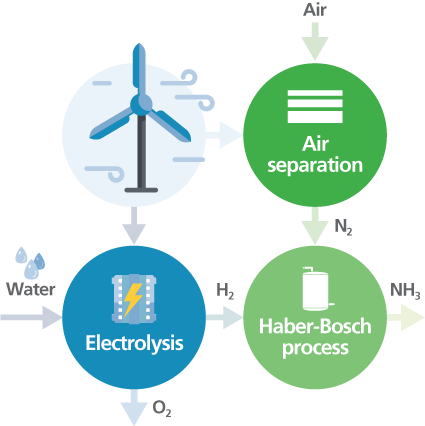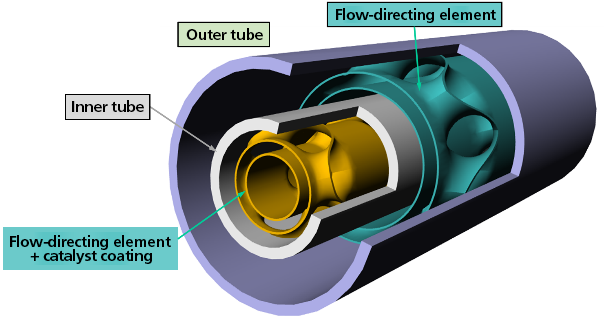CF10_1: Logistics and infrastructure
Logistics und Infrastructure CF10_1 Project duration: 10/2021–09/2024 Partners: Aim of project: In order to be able to use green ammonia as a transport and storage solution for green hydrogen, an efficient infrastructure and a logistics concept geared to the specific framework conditions are required. The aim of the “Logistics and Infrastructure” sub-project is therefore to…










